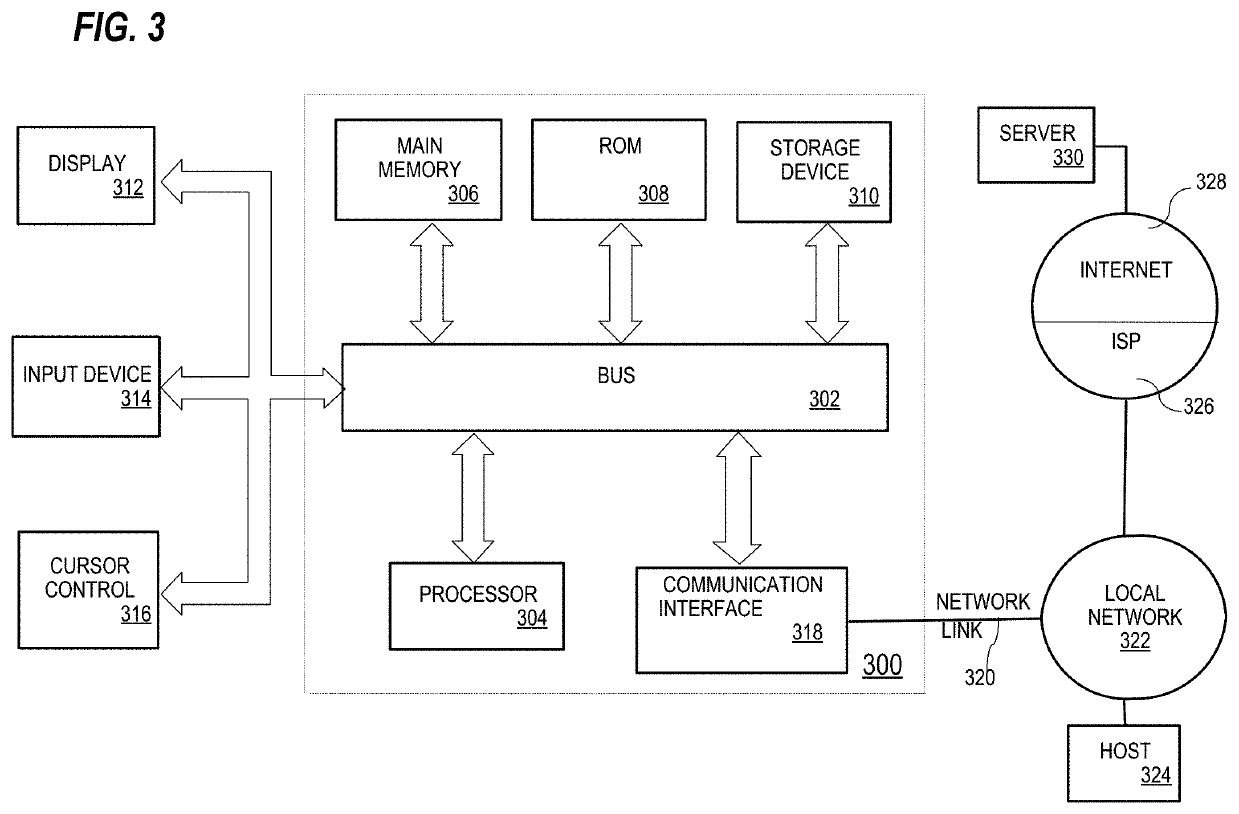Clustering, Explainability, and Automated Decisions in Computer-Based Reasoning Systems
a computer-based reasoning and decision-making technology, applied in the field of computer-based reasoning systems, can solve problems such as inability to trace back and assess, unable to predict outcomes, and lack of visibility into why the machine learning system has made its decisions
- Summary
- Abstract
- Description
- Claims
- Application Information
AI Technical Summary
Benefits of technology
Problems solved by technology
Method used
Image
Examples
cases examples
Excluding Cases Examples
[0043]Returning to determining 120 the one or more candidate cases, in some embodiments, cases within a certain range of the input context may be determined and excluded from the candidate cases, as discussed elsewhere herein (e.g., those cases within a certain distance of the input context, the most similar N cases, the most similar cases that are P percent of the model, or those chosen for exclusion based on a density calculation). Then those cases most similar to the input context, outside of the excluded cases, may be used as the candidate cases. Then, in some embodiments, a distance measure from the input context to the one or more candidate cases may be determined 140. When that distance measure from the input context to the one or more candidate cases is within a certain threshold, control of a system may automatically be caused 199 (as discussed elsewhere herein). For example, when, notwithstanding that certain more similar cases have been excluded, t...
PUM
 Login to View More
Login to View More Abstract
Description
Claims
Application Information
 Login to View More
Login to View More - R&D
- Intellectual Property
- Life Sciences
- Materials
- Tech Scout
- Unparalleled Data Quality
- Higher Quality Content
- 60% Fewer Hallucinations
Browse by: Latest US Patents, China's latest patents, Technical Efficacy Thesaurus, Application Domain, Technology Topic, Popular Technical Reports.
© 2025 PatSnap. All rights reserved.Legal|Privacy policy|Modern Slavery Act Transparency Statement|Sitemap|About US| Contact US: help@patsnap.com



